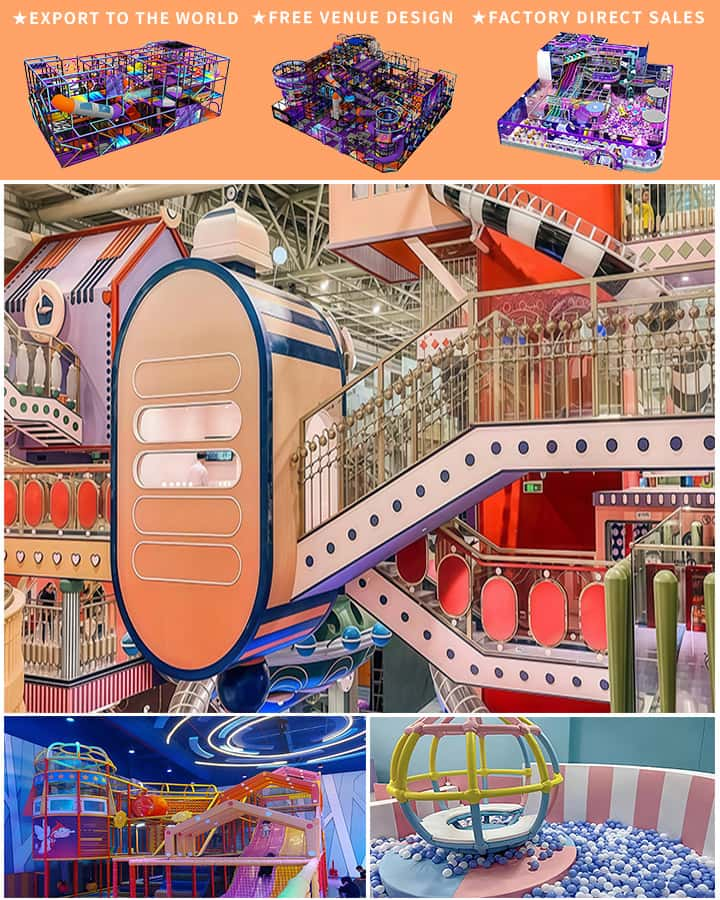Kids’ playgrounds serve as more than just a spot for children to burn off energy; they are vibrant hubs that foster physical development, social skills, and imagination. Designing an engaging and creative playground can turn a simple space into a magical environment where kids learn through play. Here are some innovative ideas to inspire the next-generation playground.
Themed Play Areas
Adventure Landscapes: Create themed areas like pirate coves, fairy tale forests, or jungle expeditions. These imaginative spaces encourage role-playing adventures, enhancing creativity and storytelling skills. Use natural elements like rocks, trees, and water features to create immersive landscapes.
Space Exploration Zone: Design a play area that mimics outer space. Include rocket ship climbers, moon-shaped seesaws, and starry sky murals. This theme can captivate young minds fascinated by the mysteries of the universe and spark interest in science and exploration.
Interactive Learning Stations
Sensory Playgrounds: Incorporate sensory-rich elements such as textured walls, sound installations, and aroma gardens. These sensory experiences can help develop cognitive functions and provide a soothing environment for children with sensory processing needs.

Mathematics and Science Parks: Set up interactive educational zones focusing on math and science concepts. Think of giant sundials, tessellating tiles on the ground, and water play tables that teach buoyancy and gravity. These installations make learning fun and accessible, encouraging curiosity and problem-solving.
Inclusive Play Equipment
Adaptive Playground Structures: Ensure your playground is inclusive by including equipment designed for children with varying abilities. Wheelchair-accessible carousels, sensory swings, and interactive panels cater to all kids, promoting equality and social integration.
Quiet Corners: Create designated quiet areas equipped with bean bags, soft mats, and books. These zones offer children who need respite from sensory overload a calm retreat, making the playground welcoming to all children.
Natural Elements Integration
Green Playgrounds: Integrate sustainable practices by using recycled materials and planting native vegetation. Treehouses, grassy slopes, and nature trails not only beautify the playground but also provide educational opportunities about the environment.
Water Features: Gentle water play areas with fountains, splash pads, and streams offer refreshing fun during hot days. Water activities promote physical coordination and sensory exploration while providing a cooling effect.
Community Engagement
Art Installations: Involve local artists and children in creating murals, sculptures, or interactive art pieces for the playground. These artistic elements add color and culture to the space, making it a point of pride for the community.
Event Spaces: Designate areas for community events such as storytellers’ corners, outdoor classrooms, and performance stages. This encourages family bonding, cultural exchange, and lifelong learning outside traditional settings.
Safety First
While innovation is key, safety remains paramount. Ensure all materials are non-toxic, structures are stable, and surfaces are cushioned to prevent injuries. Regular maintenance checks will keep the playground in top condition, allowing kids to explore safely.
By integrating these ideas, you can transform any playground into an inspiring, educational, and inclusive space where every child can thrive. Whether through thematic adventures or interactive learning stations, the goal is to create an environment where children’s imagination knows no bounds and their potential for growth is limitless.




